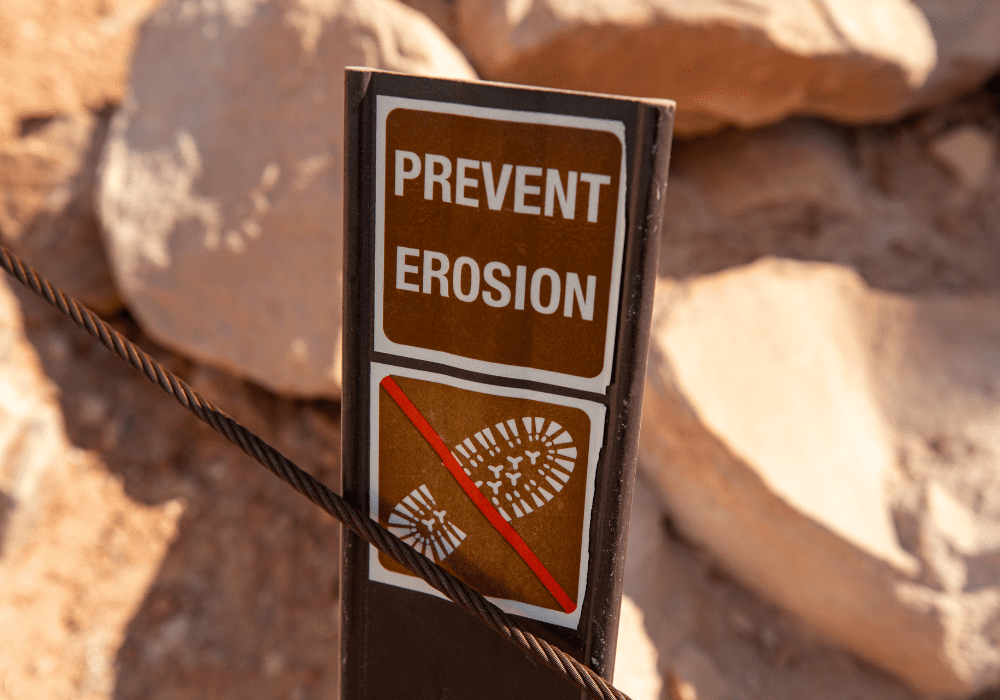Shoreline erosion is a critical issue that threatens our coastlines and the ecosystems they support. If left unchecked, erosion can lead to the loss of habitats, increased flooding, and severe environmental damage. Thankfully, innovative techniques are emerging to combat this challenge. In this blog post, we’ll explore effective methods for preventing shoreline erosion, the importance of healthy shorelines, and how communities can contribute to this vital cause.
What is Shoreline Erosion?
 Defining Shoreline Erosion
Defining Shoreline Erosion
Shoreline erosion is the gradual wearing away of land along the coast due to natural forces such as waves, tides, and currents. Human activities, like construction and deforestation, exacerbate this problem by destabilizing the shore.
The Causes of Shoreline Erosion
Natural causes of shoreline erosion include wave action, tidal changes, and wind. Human activities, like coastal development, sand mining, and deforestation, accelerate erosion by removing vegetation and altering natural water flow patterns.
The Importance of Healthy Shorelines
Healthy shorelines act as buffers against storms and floods, protect inland areas, and support diverse ecosystems. They provide habitats for wildlife, reduce sedimentation in waterways, and enhance the aesthetic and recreational value of coastal regions.
Innovative Techniques for Shoreline Protection
Breakwaters and Artificial Reefs
How They Work: Breakwaters and artificial reefs are structures built offshore to absorb wave energy. Breakwaters are typically made of rock or concrete and are placed parallel to the shore. Artificial reefs are constructed from various materials to mimic natural reef functions.
Environmental Benefits: These structures reduce shoreline erosion by weakening incoming waves, protecting the shore from direct impact. They also create habitats for marine life, promote biodiversity, and enhance recreational opportunities like fishing and snorkelling.
Case Study: The Great Barrier Reef Restoration Project in Australia used artificial reefs to regenerate damaged coral areas. These interventions have shown positive results, including increased coral cover and marine biodiversity.
Living Shorelines
Explanation: Living shorelines integrate natural elements like plants, sand, and rocks to stabilize the coast. They provide habitat for wildlife, improve water quality, and offer long-term solutions to erosion.
Effectiveness: Studies have shown that living shorelines are more resilient and sustainable than hard structures like seawalls. They adapt to changing conditions, enhance ecosystem services, and require less maintenance.
Case Study: The San Francisco Bay Living Shorelines Project demonstrated significant success using native vegetation and biodegradable materials to restore marsh habitats. This approach improved shoreline stability and increased habitat for fish and birds.
Emerging Technologies in Shoreline Protection
Bioengineering Solutions: Bioengineering techniques use natural materials like coir logs, willow stakes, and coconut fibres to reinforce shorelines. These methods promote vegetation growth and provide structural support.
Geotextiles: Geotextiles are synthetic fabrics used to stabilize soil and prevent erosion. They are often combined with vegetation to create hybrid solutions that enhance durability and environmental benefits.
Smart Sensors and Monitoring Systems: Advances in technology have led to the development of smart sensors and monitoring systems that track shoreline changes in real-time. These tools provide valuable data for early warning systems and adaptive management strategies.
Community Involvement and Best Practices
 The Role of Local Communities
The Role of Local Communities
Local communities play a crucial role in shoreline protection. By participating in conservation programs, advocating for sustainable practices, and supporting restoration projects, residents can make a significant impact on their local environment.
Best Practices for Sustainable Shoreline Management
- Promote Native Vegetation: Planting native species helps stabilize soil, reduce erosion, and provide habitats for local wildlife.
- Limit Development: Restricting construction near shorelines reduces habitat destruction and minimizes human impact on coastal ecosystems.
- Implement Green Infrastructure: Using permeable surfaces, rain gardens, and other green infrastructure solutions helps manage stormwater and reduce erosion.
Educational Programs and Outreach
Educational programs and community outreach initiatives are essential for raising awareness about shoreline erosion and promoting conservation efforts. Engaging citizens through workshops, volunteer opportunities, and public events fosters a sense of ownership and responsibility for protecting coastal environments.
It’s time for action. Whether you’re an environmentalist, a community member, or someone who simply loves the beach, there are ways you can contribute to shoreline protection. Join us in making a difference—together, we can ensure that our shores remain healthy and vibrant for generations to come.
If you’re interested in learning more about shoreline protection and how you can get involved, don’t hesitate to reach out to our team of experts. Let’s work together to safeguard our coastal treasures and create a sustainable future for our planet.

